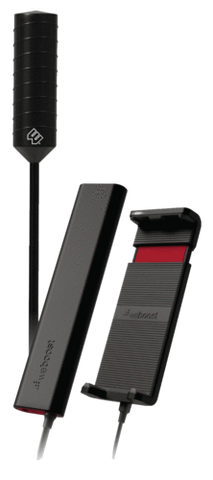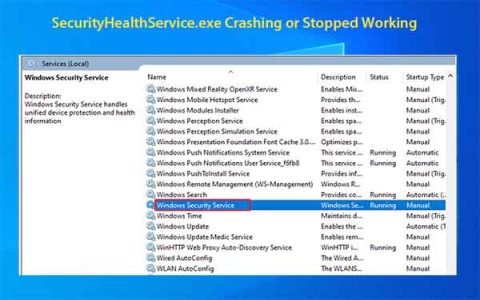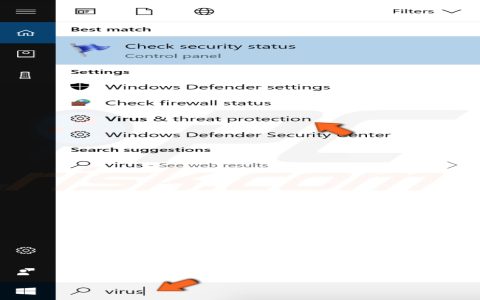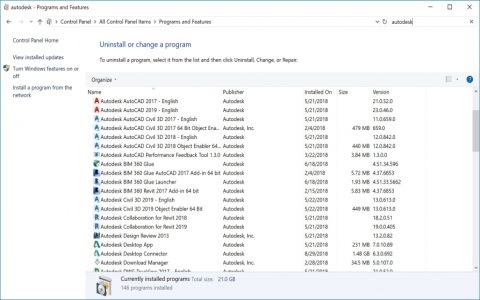Selecting the ideal truck signal booster requires understanding key features to enhance connectivity on the road. This comparison focuses on critical factors like frequency coverage, gain, installation ease, power consumption, and cost, helping you make an informed choice without brand bias.
Key Considerations for Truck Signal Boosters
Evaluate these elements to narrow your options:
- Frequency Coverage: Supports LTE, 4G, and 5G bands for versatile network access; ensure compatibility with all required carriers.
- Gain Level (dB): Higher dB values (e.g., 50dB+) provide stronger amplification, crucial for rural or remote areas with weak signals.
- Installation Complexity: Opt for plug-and-play models with minimal wiring for quick setup, reducing downtime.
- Power Requirements: Low-power units consume less battery, ideal for long hauls; verify voltage compatibility (e.g., 12V DC).
- Cost Range: Basic models start under 200; premium options exceed 500, correlating with enhanced features.
Comparative Analysis of Booster Categories
Booster types vary by performance and suitability:

- Basic Amplifiers: Offer 20-30dB gain and basic frequency coverage, perfect for city driving; affordable but limited in low-signal zones.
- Mid-Range Units: Deliver 30-50dB gain with wider band support, balancing cost and reliability for mixed urban-rural routes.
- High-Gain Systems: Feature 50dB+ gain and all-band coverage, excelling in remote or mountainous terrain; higher investment justified by consistent connectivity.
Final Recommendations
Match your booster to driving habits: prioritize gain for frequent rural travel or budget-friendly options for highway commutes. Always test device compatibility and read reviews for hands-on insights.











